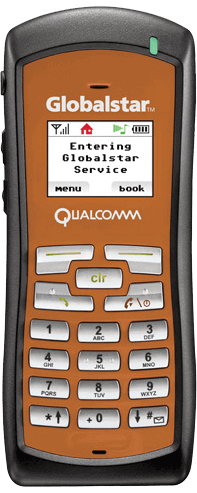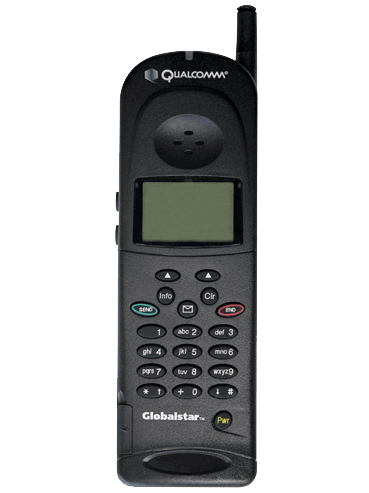The Endless Search for Spectrum
The next time you connect to a wireless network at home or in a hotel, you can thank a 19th Century Italian aristocrat. The guy never needed to work a day in his life, but he laid the foundations of the wireless world we live in.
In the second half of the 19th Century, scientists were fascinated by invisible forms of electromagnetic radiation that we call radio waves. Inventors also tried to find a use for them, but none proved successful – until Guglielmo Marconi developed the first workable system for sending information over the airwaves. In 1894, the 20-year-old, home-schooled Marconi pushed a button on one side of a room in his villa and wirelessly rang a bell on the other side of the room. His Mom was amazed. Just seven years later, Marconi was transmitting a wireless telegraph signal across the Atlantic from the UK to Newfoundland, and his reputation as an inventor began spreading around the world.
Marconi’s invention gave us access to the nearly 3000 GHz of Radio Frequency spectrum we use today, particularly for telecommunications. That sounds like a lot of invisible real estate: surely enough for all. Except it’s not. RF spectrum has proved so useful for so many applications that demand exceeds supply, despite our efforts to commercialize more and more of it. Demand for high-bandwidth, ultra-reliable networks is accelerating as we put wireless to work in more applications where failure is not an option, from autonomous vehicles to Industry 4.0 facilities.
The challenges of private wireless networks
Nations manage the spectrum availability in each country licensing blocks of RF frequency to telecommunications operators commonly named Mobile Network Operators (MNOs). Other parts of spectrum are determined unlicensed or so many devices co-work in the same frequencies. A new trend of shared spectrum started in the U.S. allowing industries to obtain spectrum grants for specific areas and for specific times.Industries willing to take advantages of wireless communication to transform operations must determine how to obtain spectrum so must private networks rely on Wi-Fi (which operates in 2.4, 5, and 6GHz unlicensed radio bands). Wi-Fi access points (APs) are low-cost and easy to install but are subject to blocking or interfering with each other, especially as density of APs increases, because they share spectrum and Wi-Fi is widely deployed. These challenges can lead to intermittent connectivity and slow speeds, which makes it a poor choice for mission-critical applications. Its widespread deployment has also made Wi-Fi an attractive target for hackers, who have hundreds of thousands of networks to experiment on.
Among the most demanding private wireless networks are used in highly automated factories, process plants, ports and warehouses. They need very high data rates and resiliency in a dynamic environment full of metal machinery and structures that block radio signals. That motivated the increasing need for new private wireless networks based on 4G/LTE and 5G cellular standards. In the US, they typically rely on Citizens Broadband Radio Service (CBRS) frequencies in the 3.55 to 3.7 GHz band. CBRS does not require a license to use – but every CBRS network must register automatically with a central online database to avoid interfering with licensed users including the US Government and ISPs. Running on cellular standards, private networks are more reliable and have better security than Wi-Fi, but CBRS is also available only in the United States – and only if the government or other incumbent (ex. PAL user) has not received priority for the frequency in your area.
Spectrum to call your own
Wi-Fi unlicensed spectrum has long made obvious sense for private wireless networks in offices, retail stores and other places where cost and ease of deployment are the main goal. “Lightly licensed” CBRS offers the value of cellular standards with the potential to improve both the user experience and network security. For the best of both worlds, however, a private wireless network would operate on licensed, but private spectrum to guarantee a high availability and interference free environment. Only this combination can provide high availability for mission critical applications and high throughput to enable the industry transformation. In addition, there is strong preference from private network customers to have the data running on these networks locally hosted in the customer’s facility as well as for the network to be simply deployable without the need to coordinate much internally within the APs of the private network or externally with other public networks.The Third Generation Partnership Project (3GPP) has approved a new midband swathe of spectrum that fits the bill. Band 53 for 4G/5G networks is 10MHz of bandwidth located at 2.4GHz. Its availability and attractive features have led chipset manufacturers, RAN providers and device makers, such as Nokia, to commercialize it, with a focus on private networks. Any organization or network integrator can license it from Globalstar.
Unlike CBRS, band 53 is available globally. Globalstar is currently authorized to operate or license Band 53 for private wireless networks in 11 countries, including all of the United States and Canada as well as Brazil, Spain, South Africa, Botswana, Rwanda, Gabon, Mozambique, Kenya and Namibia. Globalstar is seeking authorization in more countries as private wireless demand increases.
For organizations with worldwide operations, band 53 provides a single licensed band for all its networks, which unifies equipment and device characteristics across the organization. Many countries have allocated licensed spectrum for private wireless networks without any attempt at coordination with other nations.
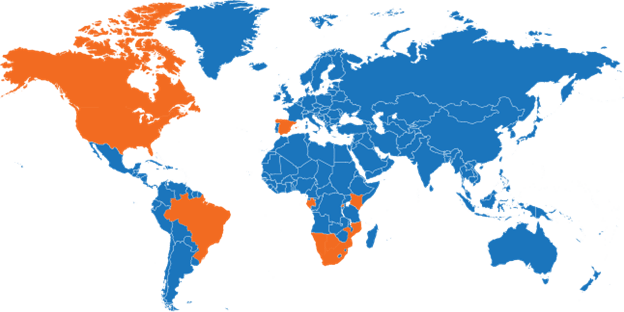
The number of nations that have allocated any spectrum for private wireless is dwarfed by those that so far have not. The situation is fluid, with consideration of licensing going on in many places, but most of Latin America, Africa, the Middle East, and Southeast Asia have yet to approve a private wireless licensing regime. In some of these, licensed access to band 53 can close the gap.
Band 53 can even be combined with CBRS in a 5G private network, with Band 53 providing robust and secure bandwidth and CBRS boosting network performance with best-effort SLAs. Additionally, XCOM RAN can be deployed in Band 53, further increasing the available throughput for indoor applications up to 4x over classical 5G networks.
In our spectrum-challenged world, it is rare to find a swathe of midrange bandwidth that is not already taken up by incumbents. With a long history in satellite messaging and IoT, Globalstar is now expanding its technology and services to serve organizations with high-demand operations on the ground.
Wi-Fi spectrum first came to market in 1977 and for decades was the only realistic option for private wireless networks. CBRS cellular was opened for private wireless use in 2019. Just four years later, XCOM RAN entered commercial service to deliver a step-change in capacity, coverage and simplicity, taking 10 MHz of spectrum today and enabling it to work like 40 MHz, and in a few years even higher, thanks to the unique technology multiplying spectral efficiency. And so, the wireless innovation engine shows no sign of slowing down, with the story that began when Marconi amazed his Mom by ringing that bell continues, supporting new generations of wireless technology and delivering benefits Guglielmo could only dream of.
For more information on Band n53, visit https://www.globalstar.com/en-us/terrestrial-wireless/band-n53. Ready to discuss potential licensing? Just fill out the Contact Us form and one of Globalstar’s experts will be in touch.
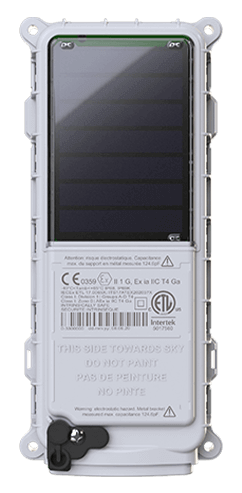 SmartOne Solar
SmartOne Solar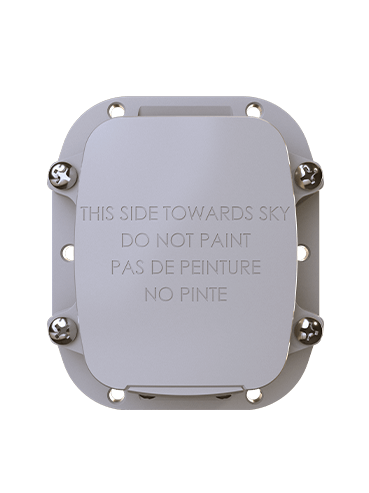 SmartOne C
SmartOne C STX3
STX3 STX3 Dev Kit
STX3 Dev Kit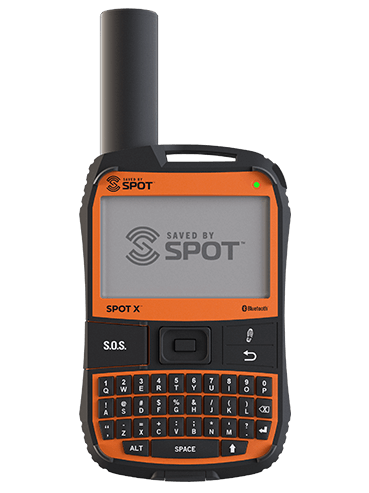 SPOT X
SPOT X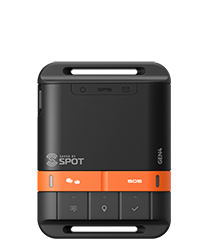 SPOT Gen4
SPOT Gen4 SPOT Trace
SPOT Trace